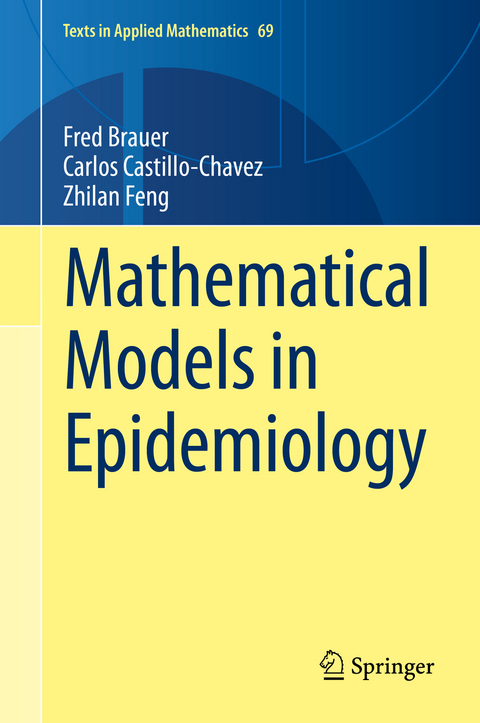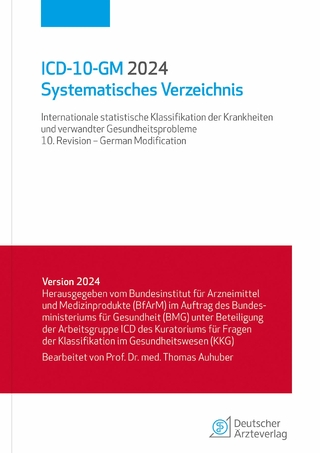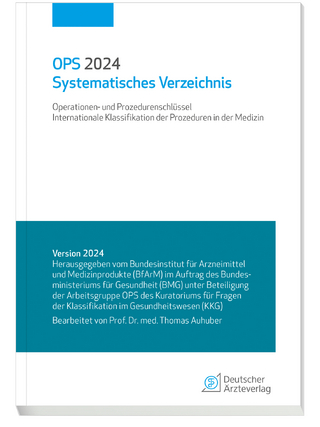
Mathematical Models in Epidemiology
Springer-Verlag New York Inc.
978-1-4939-9826-5 (ISBN)
There are exercises of varying degrees of difficulty, and projects leading to new research directions. For the benefit of public health professionals whose contact with mathematics may not be recent, there is an appendix covering the necessary mathematical background. There are indications which sections require a strong mathematical background so that the book can be useful for both mathematical modelers and public health professionals.
Fred Brauer is a Professor Emeritus at the University of Wisconsin - Madison and an Honorary professor at the University of British Columbia. His research interests are in dynamical systems and mathematical models in epidemiology. He has been active in the China - Canada Joint Program on Infectious Diseases and in the organization of several summer programs organized by MITACS ( Mathematics for Information Technology and Complex Systems) to present mathematical epidemiology to a mixed audience of mathematicians and public health professionals and encourage contacts between these groups. Carlos Castillo-Chavez is a Regents Professor, Joaquin Bustoz Jr. Professor of Mathematical Biology, Distinguished Sustainability Scientist and Founding Director of the Simon A. Levin Mathematical, Computational and Modeling Sciences Center at ASU. He has co-authored over 250 publications, most at the interface of the life, mathematics and social sciences. He was recognized with three White House Awards (1992, 1997, 2011), served on President Obama’s Committee on the National Medal of Science (2010-2015) and per the Mathematics Genealogy Project, is among the top 200 mentors of PhD students in the history of mathematics. He is a George Polya Lecturer (2017-19). He serves as a Provost Visiting Professor at Brown University (2019). Zhilan Feng is a Professor of Mathematics at Purdue University. She is an editor for Journal of Theoretical Biology, Mathematical Biosciences, Mathematical Biosciences and Engineering, Journal of Biological Dynamics, and SIAM Journal on Applied Mathematics. She is a program director for the NSF Mathematical Biology Program 2019-2020.
Introduction; A prelude to mathematical epidemiology.- Simple compartmental models for disease transmission.- Endemic disease models.- Epidemic models.- Models with heterogeneous mixing.- Models for diseases transmitted by vectors.- models for tuberculosis.- Models for HIV?AIDS.- Models for influenza.- Models for Ebola.- Models for malaria.- Dengue fever and the Zika virus.- Disease transmission models withagedpendence.- Spatial structure in disease transmission models.- Epidemiological models incorporating mobility, behavior, and time scales.- Challenges, opportunities, and theoretical epidemiology.
| Erscheinungsdatum | 05.11.2019 |
|---|---|
| Reihe/Serie | Texts in Applied Mathematics ; 69 |
| Zusatzinfo | 67 Illustrations, color; 54 Illustrations, black and white; XVIII, 619 p. 121 illus., 67 illus. in color. |
| Verlagsort | New York |
| Sprache | englisch |
| Maße | 155 x 235 mm |
| Themenwelt | Informatik ► Weitere Themen ► Bioinformatik |
| Mathematik / Informatik ► Mathematik ► Angewandte Mathematik | |
| Naturwissenschaften ► Biologie | |
| Schlagworte | analysis of models • communicable diseases • Disease Transmission Models • endemic states • Epidemics • epidemiology • Mathematical Models • Metapopulation Models • stochastic models |
| ISBN-10 | 1-4939-9826-9 / 1493998269 |
| ISBN-13 | 978-1-4939-9826-5 / 9781493998265 |
| Zustand | Neuware |
| Haben Sie eine Frage zum Produkt? |
aus dem Bereich


